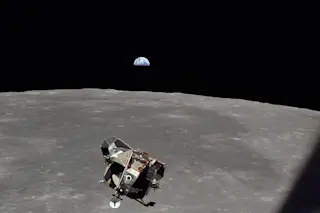Quantum technologies are already revolutionizing life on Earth. But they also have the potential to change the way we operate in space. With the U.S., China and Europe all investing heavily in this area, these changes are likely to be with us sooner rather than later.
So how will space-based quantum technologies make a difference?
Now, we get an overview thanks to the work of Rainer Kaltenbaek at the Institute for Quantum Optics and Quantum Information, in Austria, and colleagues throughout Europe, who have mapped out the future in this area and set out the advances that space-based quantum technologies will make possible.
While quantum computing and quantum communication grab most of the headlines, Kaltenbaek and colleagues point out that other quantum technologies are set to have equally impressive impacts. Take for example, atom interferometry with quantum sensors.
These devices can measure with unprecedented accuracy any change in motion of ...














